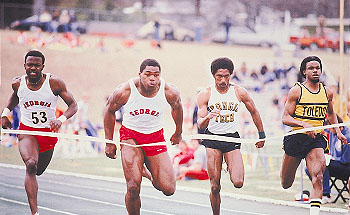
7 KEYS YOUTH ACCELERATION AND SPEED DEVELOPMENT TRAINING
By Travis Hansen / Results by Science
Note from Zach: Many of you know I work with high school athletes primarily, and I am also against fads and gimmicks. Travis gives GREAT insight into what it takes to get athletes FAST as hell with OUT the fads and gimmicks.
If you're a Coach, athlete or parent, this is a solid read on what it takes to get FAST during the younger years and even for adults. Travis is a resource for me to help me get the athletes of The Underground Strength Gym Stronger, faster & tougher.
Enjoy!
______________
In this article I’m very excited to share with you how I’ve been able to effectively develop speed in all of my youngsters over the years! I must admit this approach offends many because it’s certainly not culturally accepted as of yet, however I don’t care because it works and it’s backed by science.
I’m going to introduce and discuss 7 separate topics that pertain to youth training.
Hopefully, after I’m through you will come to understand that we should not be afraid to be a little more aggressive in our training approach with this population, and that they really can achieve a lot of skill at such a young age, contrary to popular belief.
The younger years will help set the foundation and can help dictate long-term success.
Below are the 7 topics:
#1-Mental Toughness-Psychological development
#2-Motor skill acquisition-Coordination
#3-Athletic Retainment
#4-Strength Development
#5-Generalization
#6-”The Athletic Edge”
#7-Buffering Early Sport Specialization epidemic
I decided to place toughness as #1, because I truly believe that it is a priority athletes should focus on.
In the words of world renowned strength coach Mark Rippetoe: “Don’t make life too easy on your kids.”
Emotional maturity and behavior can be impacted tremendously at a young age, through hard labor and intensive physical training that pushes the body’s limits.
I definitely acknowledge and understand that youth physiology carries with it distinct biological limitations (i.e. temperature regulation, low endocrine response, etc.), but there is still A LOT little tykes can accomplish at a young age, and this is the mindset that we should instill during these years. It’s only going to make it harder for them later on if we don’t push them now.
I could make an entire article centered around this notion, but I’ll keep it short. Just remember that personal character, success, happiness, confidence, compassion, work ethic, and discipline are some of the many features and intangible traits that are developed through mental toughness building derived from challenging athletic training.
There is good evidence that shows the adolescent spectrum (ages 9-14) is prime for establishing intermuscular and intramuscular coordination levels, and proper muscle recruitment patterns. The theory is that once a movement has been ingrained into certain aspects of our central nervous system, it becomes very difficult to reverse and rewire that particular movement.
There is definitely some controversy surrounding this issue, but we can all agree that it does exist to an extent. We need to take full advantage of this precious time frame and teach each athlete and their bodies how to move safely and effectively.
Charlie Francis I believe originated this next principle and Mike Boyle really brought it to light in the mainstream. I’ll call it “Athletic Retainment.”
Basically, by initiating athletic training at an early age, you can assist in retaining some genetically pre-determined characteristics of the neuromuscular system that is partly responsible for athletic endowment.
Boyle noted in one of his books that training increased possession of fast twitch muscle fibers, as long as athletes are regularly engaged in “real” power training methods between the ages of 13-17.
This next one may arguably be #1. Strength!
Youngsters do not have it and they need it. ASAP! The sooner they get strong, the more athletic they will be. Everyone seems to understand that power is essential to performance, and strength is half of the power equation which is strength x speed.
The more force or strength a youth athlete can generate in movements, the higher their power output naturally becomes, and the faster they will run, the higher and farther they will jump, the quicker they will cut and decelerate, the harder and farther they will throw, the harder they will kick, etc.
The problem here is with the approach in developing strength with our youth. So much of a conservative approach is selected and implemented that it violates key principles (i.e. overload, intensity, foundational exercises) and they do not get stronger. Obviously, parents, coaches, and athletes are not sure if heavy weightlifting is safe or not. The answer is a resounding, YES, it is.
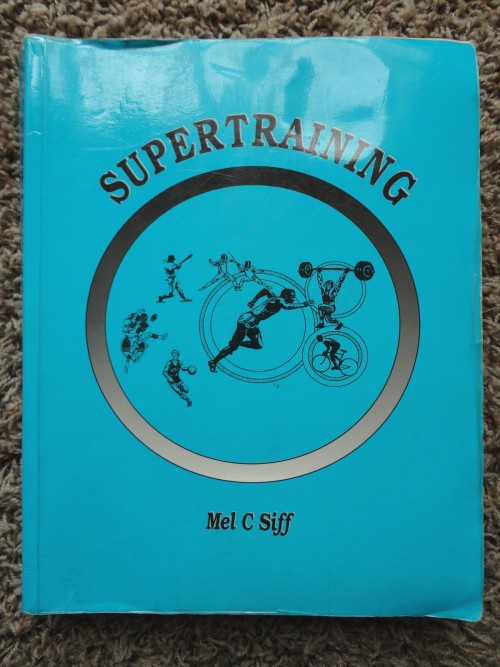
Decades ago, Dr. Mel Stiff conducted research on young athletes. His results indicated that safe and effective weightlifting improved bone and tissue density. This thicker body structure would help to prevent injury in sports. Injury incidence rates were also calculated, and weightlifting held a much lower injury rate that many of the popular team sports, such as soccer, football, and basketball.
Siff also went on to note the ephiphyseal plates (growth plate) did not close due to weightlifting, but rather it was caused from hormonal issues that occurred during this age.
As testament to Dr. Stiff’s research and more that has been done on the matter, I have been training youth athletes for about a decade now, and not one single dramatic injury has occurred during this period of time! Parents, coaches, and athletes should be running to the rack and barbell right now!
The next relative topic is one that I hopefully innovated. There are so many brilliant minds in our field and it becomes increasingly difficult to stay original at this point.
This concept encourages coaches, parents, and young athletes to stay “general” with their athletic training approach.
You could definitely argue that competitive demands are low at this point in an athlete’s career, so some leeway for different movements and approaches could be implemented; however, the basics still need to be practiced in order for them to be and stay successful.
I see too many trying to get fancy and cute with their programming to the point that it violates science. We don’t need to customize for youth athletes.
The human body, regardless of age and skill level, shares far more similarities than differences believe it or not. I’ve noticed that when it comes to anatomy and physiology, people like to feel different and special, but unfortunately you are not. There are of course exceptions to every rule, however, we are the same for the most part.
We all adapt to exercise through the same physical processes and mechanisms, we all have over 600 muscles, the muscle contraction process is the same, we all manufacture energy at different intensities the same, we grow muscle through the same pathways, and so much more. Kids are no different.
The only thing that needs to be adjusted is their training variable outline, such as: training intensities, volume, movement progressions, etc.
Please don’t get fancy. Just stick to the time honored and proven basics: Squats, deadlifts, presses, pulls, chins, rows, sleds, sprints, Olympic lift variations, single leg training, and the results the little ones experience will be outstanding. They will be hooked. This miracle technique or trend that everyone seems to be so desperately looking for will never be found and does not exist.
The fact that proper and productive youth speed training programs are very under-utilized and underrated throughout our country, offers a very unique and advantageous scenario. It definitely works, no one is really doing it, so by default you will get what I like to call an “Athletic Edge.” And everyone wants that.
Early Sport Specialization is at an all time high, and that trend does not show any signs of slowing right now, unfortunately. And it’s at the expense of our children. Shouldn’t the goal be to help put them in the best possible position to excel? Well that is not the case. The solution is simple.
Injury rates that occur in athletics are alarming.
Check out these statistics:
*Approximately 8,000 children are treated in emergency rooms each day for sports-related injuries. 3
* High school athletes suffer 2 million injuries, 500,000 doctor visits and 30,000 hospitalizations each year. 4
*There are three times as many catastrophic football injuries among high school athletes as college athletes.5
*History of injury is often a risk factor for future injury, making prevention critical.6
*62 percent of organized sports-related injuries occur during practices. 7
*Only 42 percent of high schools have access to athletic training services.2
Pretty eye opening. And just imagine how many of these injuries would decrease if young athletes were bigger, stronger, powerful, and more coordinated? A LOT!!!
The primary reason why I see so many athletes get injured is because they lack proper movement training.
The body is designed specifically to move in a pre-determined manner. If you do not follow this innate structuring of joints and muscles then bad things are going to happen.
For example, when practicing basic movement patterns, such as: crossover steps or crossover sprinting, carioca, lateral shuffling, and standard sprinting, athletes knees will cave and feet will pronate. Cue the opposite alignment as much as you want but if athletes lack sufficient hip, knee, and ankle strength produced from specific strength exercises (i.e. squats, deads, etc.) then it’s going to keep happening at a sub-conscious level on the field or court.
Copious amounts of sport specific training and practice that occur year round creates repetitive overuse and pattern overload, which is a sure fire way to get injured often.
We need fix the model and shift the paradigm so that there is better balance of sport specific and athletic training in an athlete’s schedule. If not, these statistics are only going to get worse.
There is literally no “Off-Season” to dedicate to focusing on enhancing other skills that any sport cannot accomplish. Does sport build optimal levels of athleticism (speed, power, strength, and agility)? Absolutely not. Athletic Training does.
It is my estimation, that this type of training will remain “The Missing Link” for athletes in the decades to come. That’s why I love writing, and doing what I do because it works, it serves a strong purpose, and transcends in to various aspects of life. If you are electing not to get your kids involved in Athletic Training then you are only contributing to a flawed model, increasing the chance of injury, and not putting them in the best position to excel. The choice is yours.
_________________
Travis Hansen has been involved in the field of Human Performance Enhancement for nearly a decade. He graduated with a Bachelor’s degree in Fitness and Wellness, and holds 3 different training certifications from the ISSA, NASM, and NCSF. He was the Head Strength and Conditioning Coach for the Reno Bighorns of the NBADL for their 2010 season, and he is currently the Director of The Reno Speed School inside the South Reno Athletic Club. He has worked with hundreds of athletes from almost all sports, ranging from the youth to professional ranks. He is the author of the hot selling "Speed Encyclopedia" http://thespeedencyclopedia.com, and is also the leading authority on speed development through the International Sports Sciences Association.
SCIENTIFIC REFERENCES:
#1-
Sheppard G. Bigger, Faster, Stronger. Champaign, IL: Human Kinetics, 2004.
#2-
National Athletic Trainers’ Association. www.nata.org.
#3-
Wier L, Miller A, Steiner C. Sports injuries in children requiring hospital emergency care, 2006. Rockville, MD: Agency for Healthcare Research and Quality; 2009. HCUP Statistical Brief #75. http://www.hcup-us.ahrq.gov/reports/statbriefs/sb75.pdf.
#4-
Centers for Disease Control and Prevention. Sports-related injuries among high school athletes, United States, 2005-06 school year. MMWR Morbid Mortal Wkly Rep. 2006 55(38);1037-1040. http://www.cdc.gov/mmwr/preview/mmwrhtml/mm5538a1.htm.
#5-
Boden B, Tacchetti RL, Cantu RC, Knowles SB, Mueller FO. Catastrophic head injuries in high school and college football players. Am J Sports Med. 2007;35(7):1075-1081.
#6-
Kucera KL, Marshall SW, Kirkendall DT, Marchak PM, Garrett WE Jr. Injury history as a risk factor for incident injury in youth soccer. Br J Sports Med. 2005;39(7):462
#7-
Rechel JA, Yard EE, Comstock RD. An epidemiologic comparison of high school sports injuries sustained in practice and competition. J Athl Train. 2008;43(2):197-204.

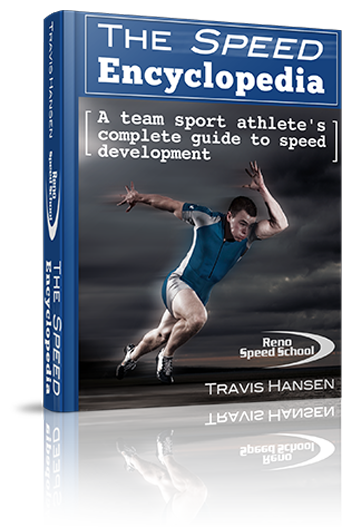

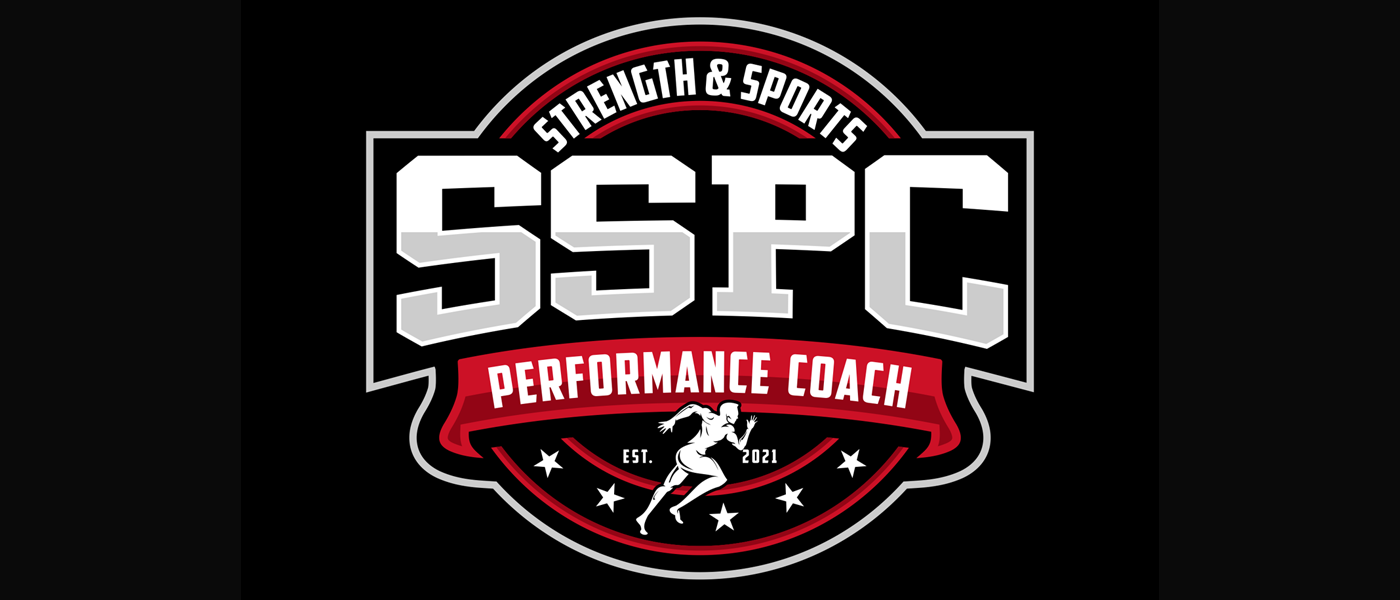
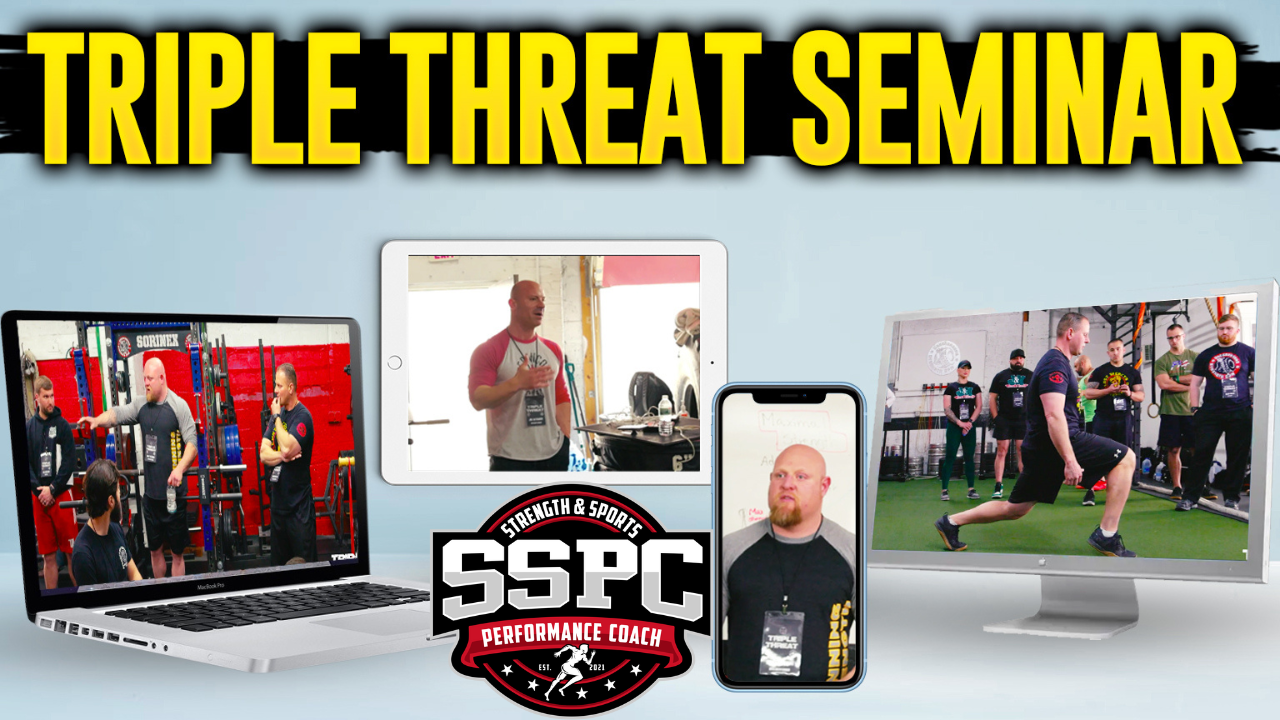
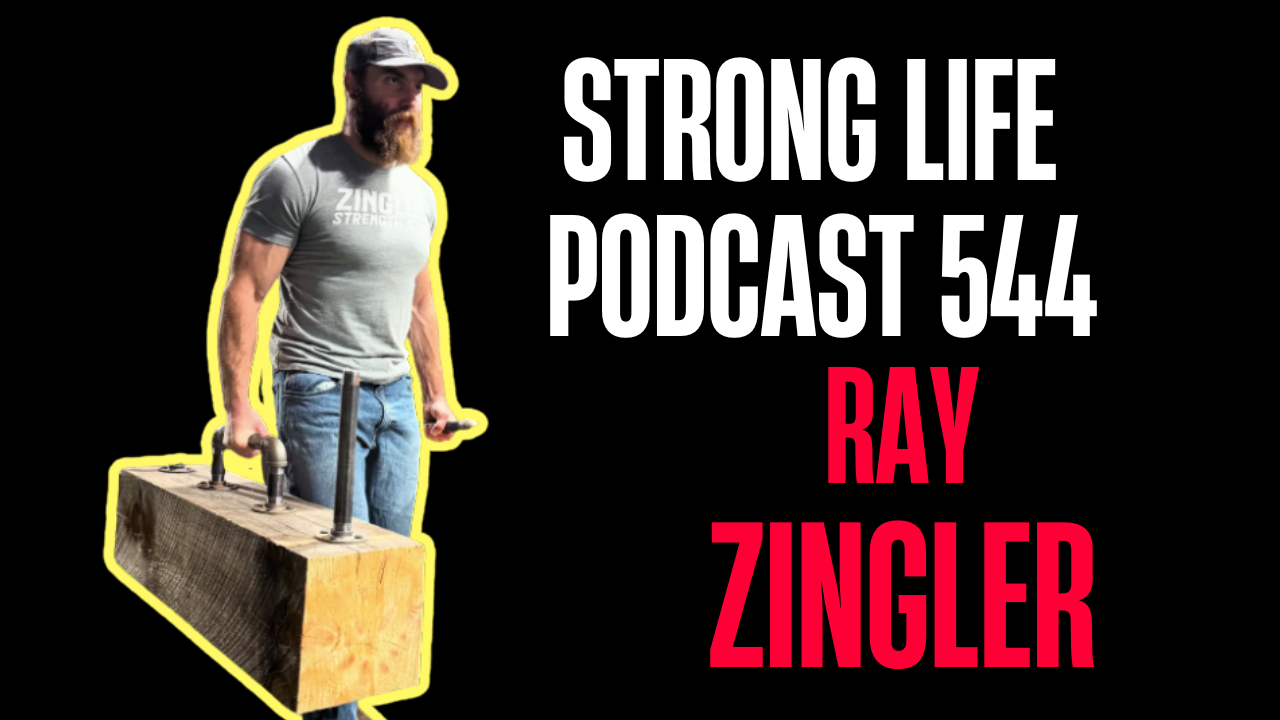
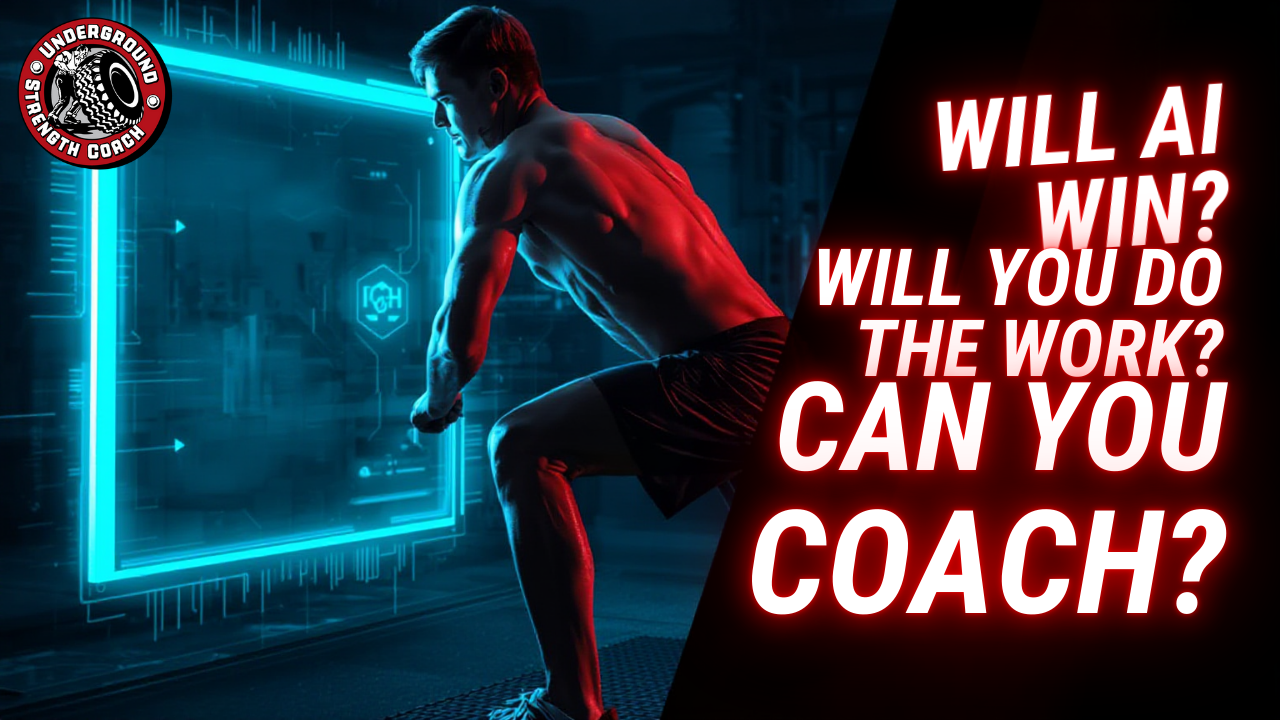
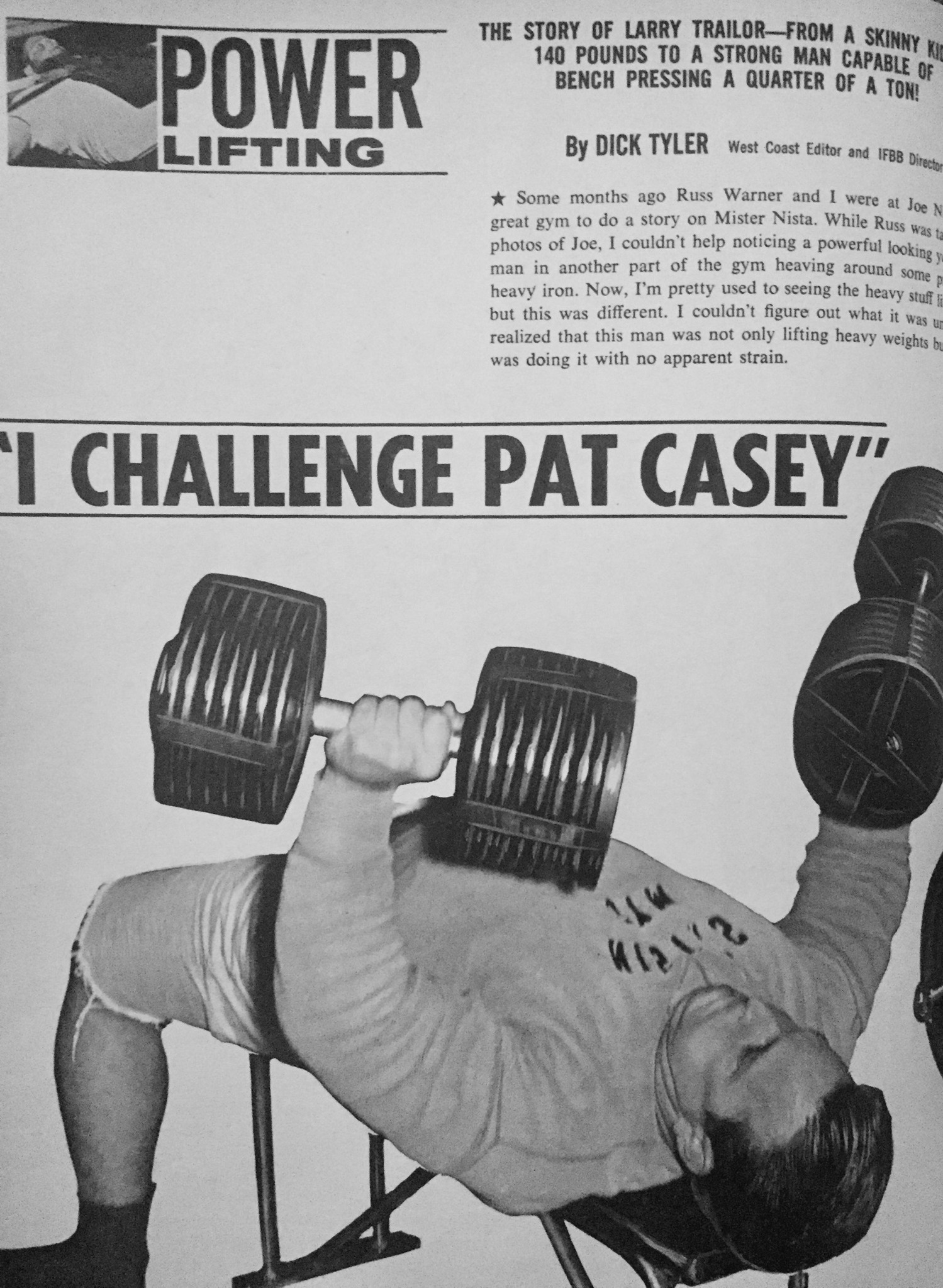
4 Responses
Great article!
I couldn’t agree more about the mental toughness part. If you don’t have it, it’s almost impossible to have anything else.
I used to be kind of jealous of kids that had it easier than me, but now I can see that the difficulties of my childhood gifted me with tremendous persistense and patience.
I believe that parents should challenge their kids mentally and physically continuously (especially boys), otherwise children will find a way to challenge themselves that might not be so healthy or “legal”.
Even younger kids can handle some “tough” training but disguise it as fun, that takes some art work but it is doable 🙂
Nick,
Thank you! I’m really glad you enjoyed the article. You made some great points and I completely agree. Take care.
This was a great post! I couldn’t agree more. I have parents asking me to do ladders and jump rope to “increase speed” for their young athletes. They look at me with crazy eyes when I enlighten them that their son is merely too weak to run fast!